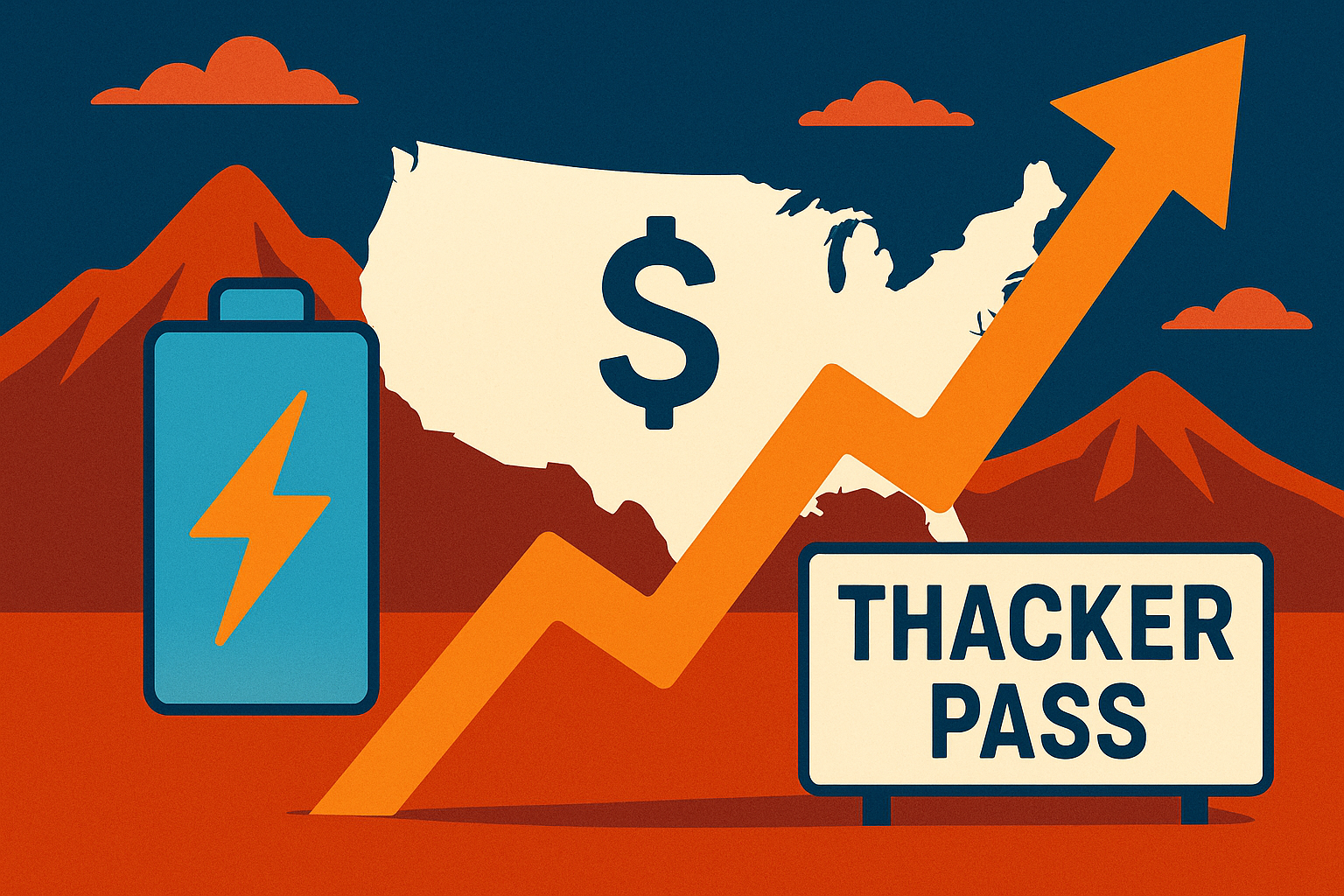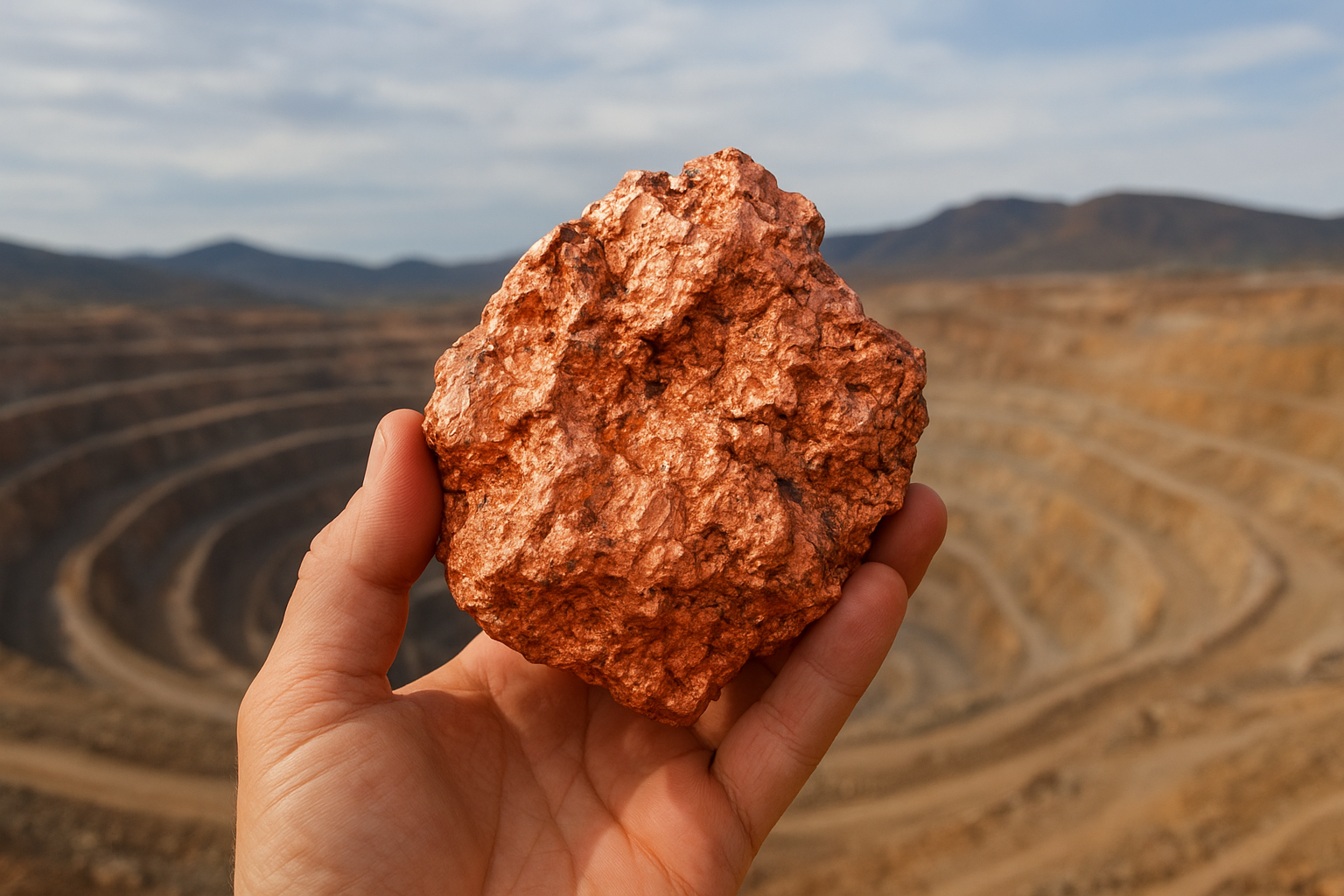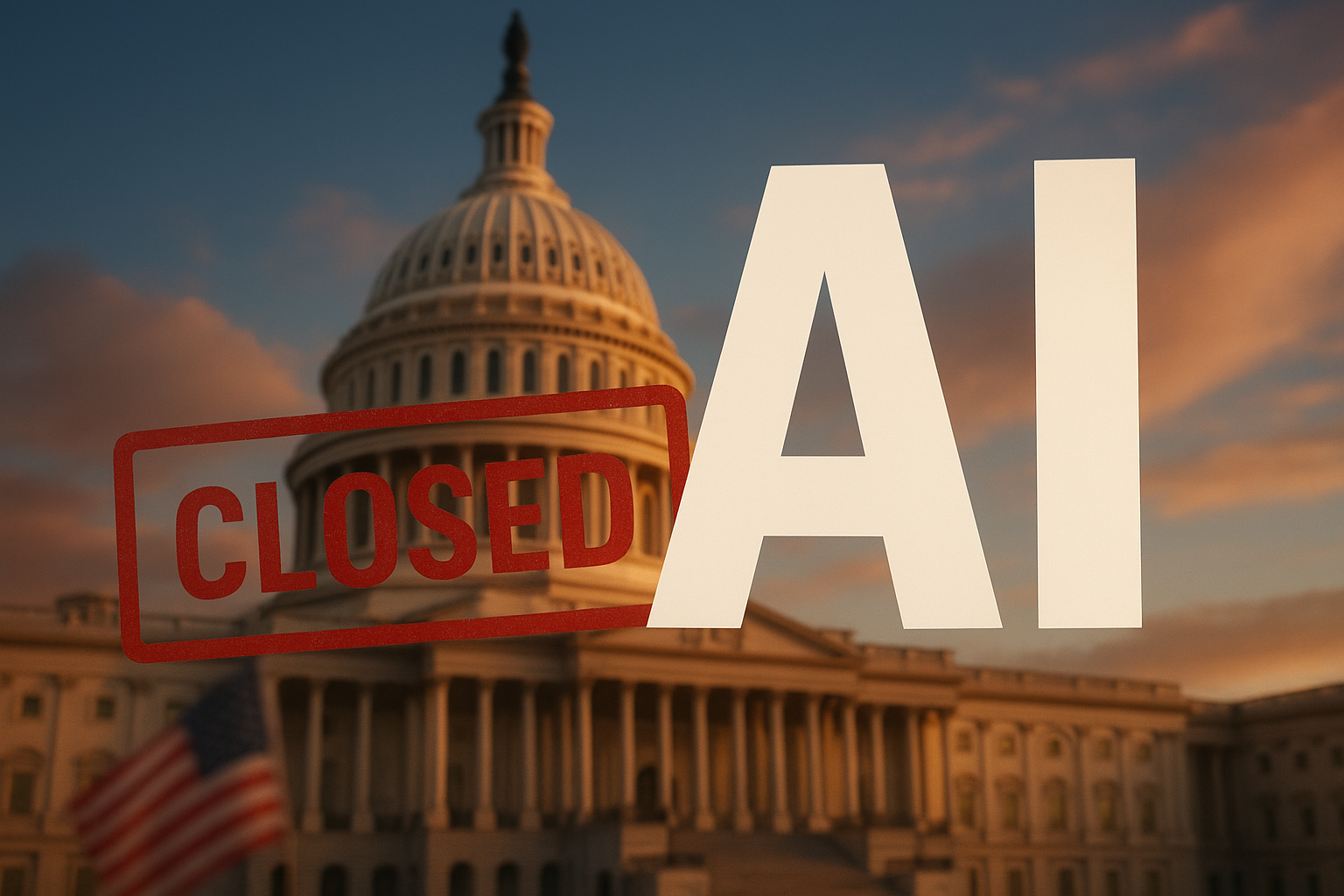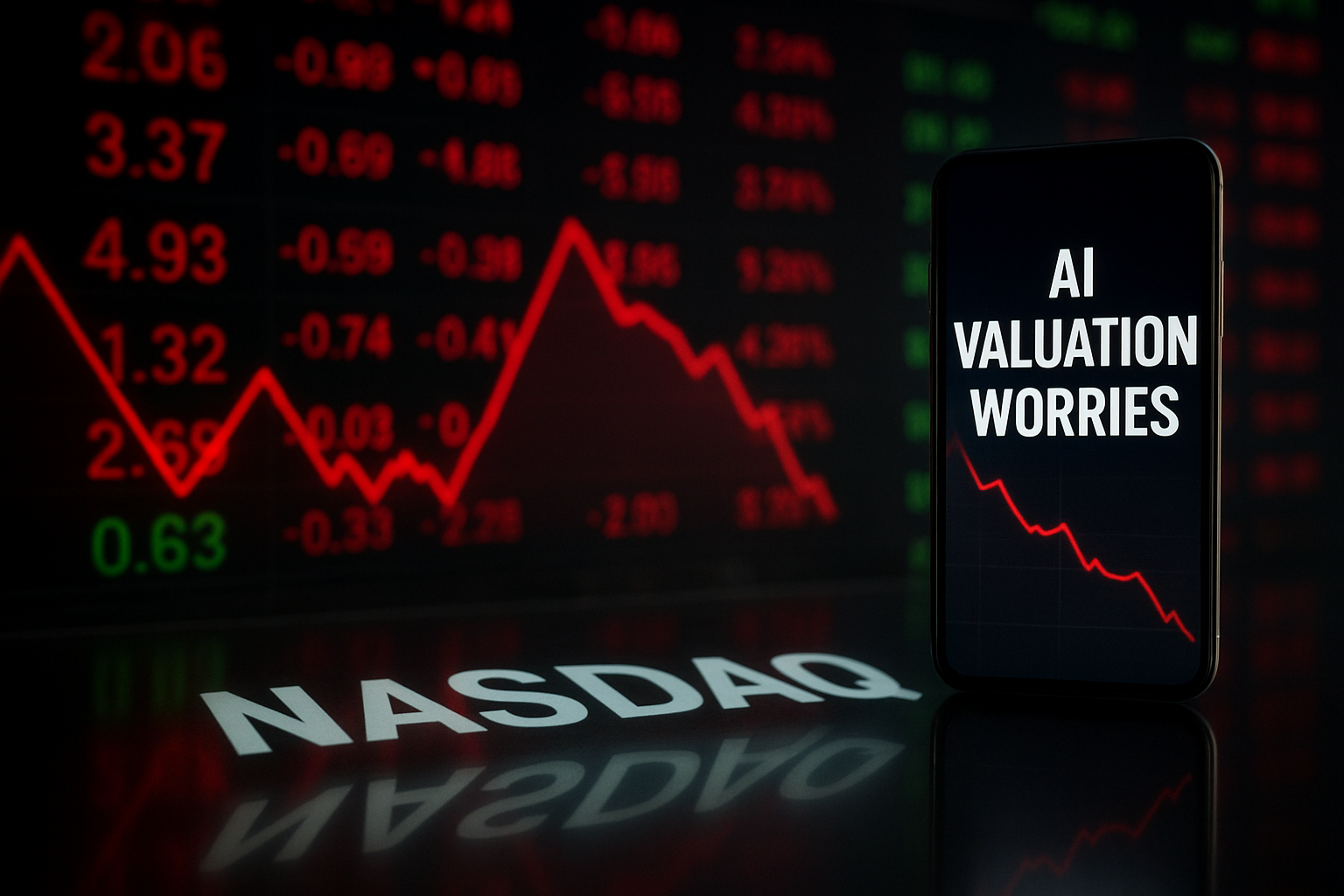Shares of Lithium Americas Corp. surged more than 70% on Tuesday following reports that the Trump administration is considering taking up to a 10% equity stake in the company. The move comes as part of negotiations to restructure a $2.26 billion Department of Energy (DOE) loan backing the company’s flagship Thacker Pass lithium mine in Nevada—one of the largest known lithium reserves in the United States.
This potential shift in government involvement highlights not only the strategic importance of lithium in the energy transition but also Washington’s growing interest in securing domestic critical minerals supply chains amid global competition. For investors, the news signals both opportunity and uncertainty in one of the most contested corners of the emerging energy economy.
Why This Matters for Investors
Lithium Americas’ meteoric stock rally underscores just how sensitive the market is to government policy support in critical minerals. Lithium is indispensable for electric vehicle (EV) batteries, grid-scale storage, and renewable energy infrastructure—sectors that continue to attract massive private and public investment.
A U.S. equity stake in Lithium Americas would represent a rare, direct ownership play by Washington in a private company. According to Reuters, such a move could anchor confidence in the project’s long-term viability while ensuring strategic control over a key domestic supply source.
For investors, this development could lower perceived regulatory and financing risks, potentially opening the door for additional institutional inflows into upstream lithium producers. But the government’s involvement also raises valuation questions: how much influence might Washington exert over company decisions, and will such oversight constrain profitability?
Critical Minerals as National Security
The Thacker Pass mine has long been a flashpoint in U.S. resource policy. Lithium demand is projected to triple by 2030, driven largely by EV adoption. Yet the U.S. remains heavily reliant on imports, primarily from South America, Australia, and increasingly, China’s refining capacity.
With geopolitical tensions reshaping global supply chains, Washington’s pursuit of a minority stake in Lithium Americas aligns with broader policy goals. As Bloomberg reported earlier this year, both the U.S. and Canadian governments are ramping up critical minerals funding programs, including tax incentives and direct investment vehicles. By taking an equity position, the administration would not just be a financier—it would become a stakeholder in shaping the domestic lithium narrative.
Future Trends to Watch
- Valuation Pressure: A 70% stock surge in a single session suggests a frothy near-term reaction. Investors should watch for volatility as negotiations progress.
- Policy Signals: If the U.S. finalizes its stake, expect renewed focus on other critical mineral projects that could receive similar backing. Copper, nickel, and rare earth developers may see inflows.
- EV & Battery Supply Chain: Automakers like Tesla, GM, and Ford—already vocal about securing North American lithium—could seek deeper partnerships with domestic miners.
- Environmental & Legal Risks: Thacker Pass has faced opposition from local communities and environmental groups. Equity support from Washington does not erase these risks, though it may influence permitting momentum.
Key Investment Insight
The U.S. government’s interest in Lithium Americas could mark the beginning of a new era in critical minerals policy—one where Washington moves beyond subsidies and loans to direct equity participation. For investors, this signals strong policy tailwinds for upstream lithium and related supply chain plays. However, today’s valuation spike also reflects elevated risk: those entering the trade now must weigh long-term fundamentals against the potential for near-term pullbacks.
Opportunities may extend beyond Lithium Americas itself, into North American battery metals producers and midstream refiners that could benefit from similar policy support.
Investors looking to position early in the critical minerals boom should closely monitor policy negotiations, parallel developments in Canadian-U.S. mineral alliances, and the pace of EV adoption. As always, balancing enthusiasm with risk discipline remains key.
Stay tuned with MoneyNews.Today for daily investor updates on emerging industries, critical minerals, and market-moving policy shifts.





